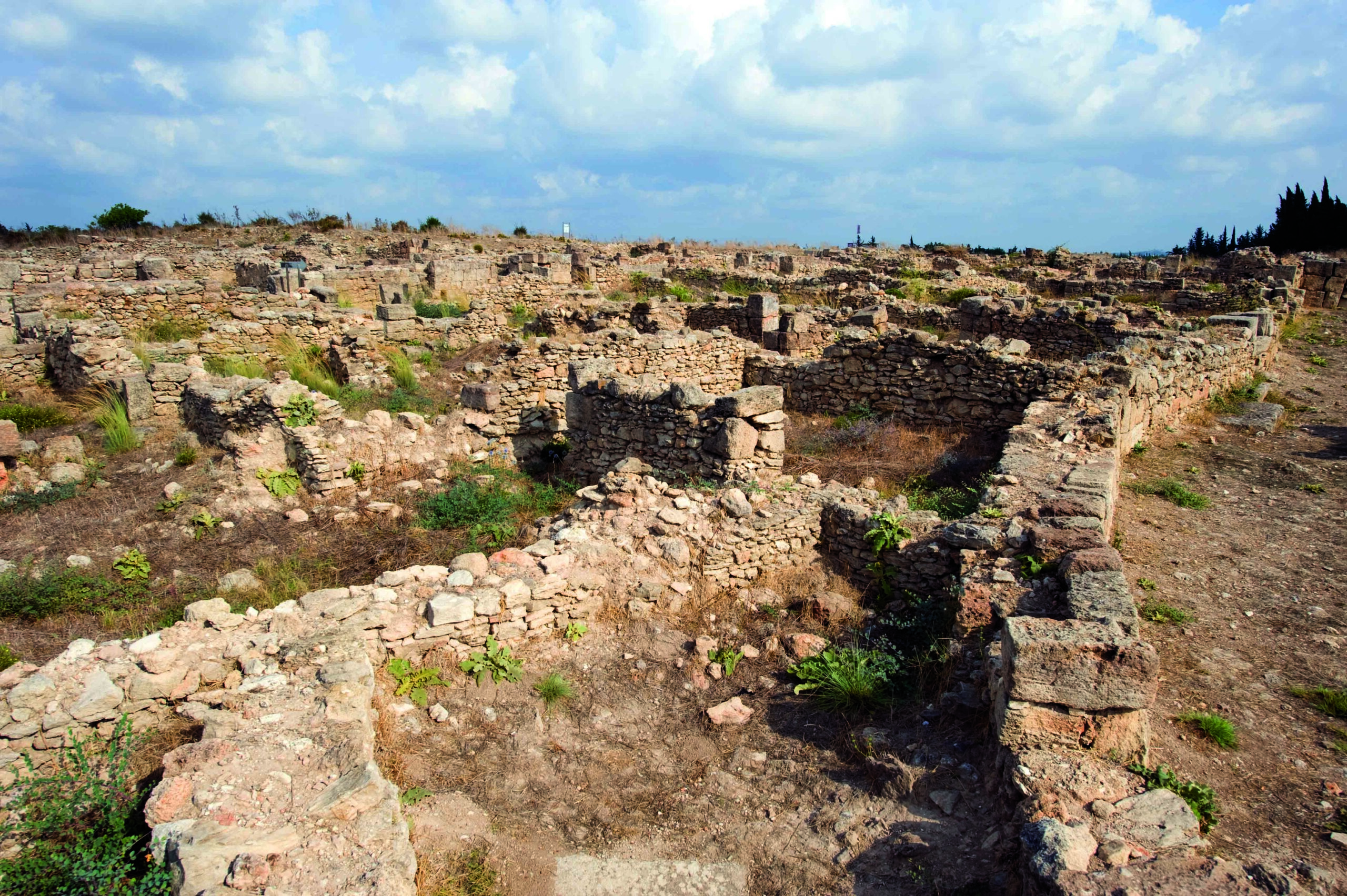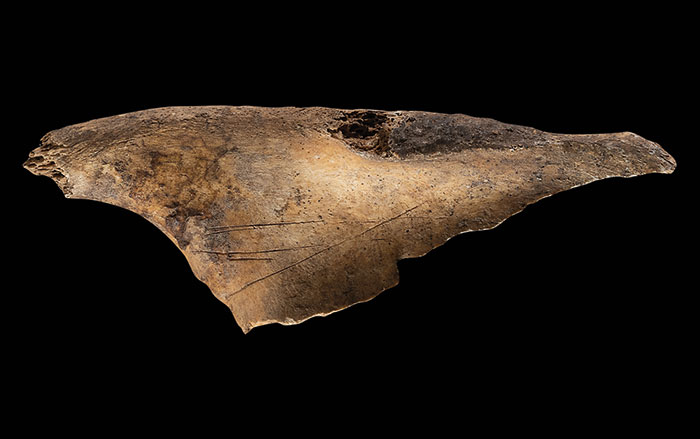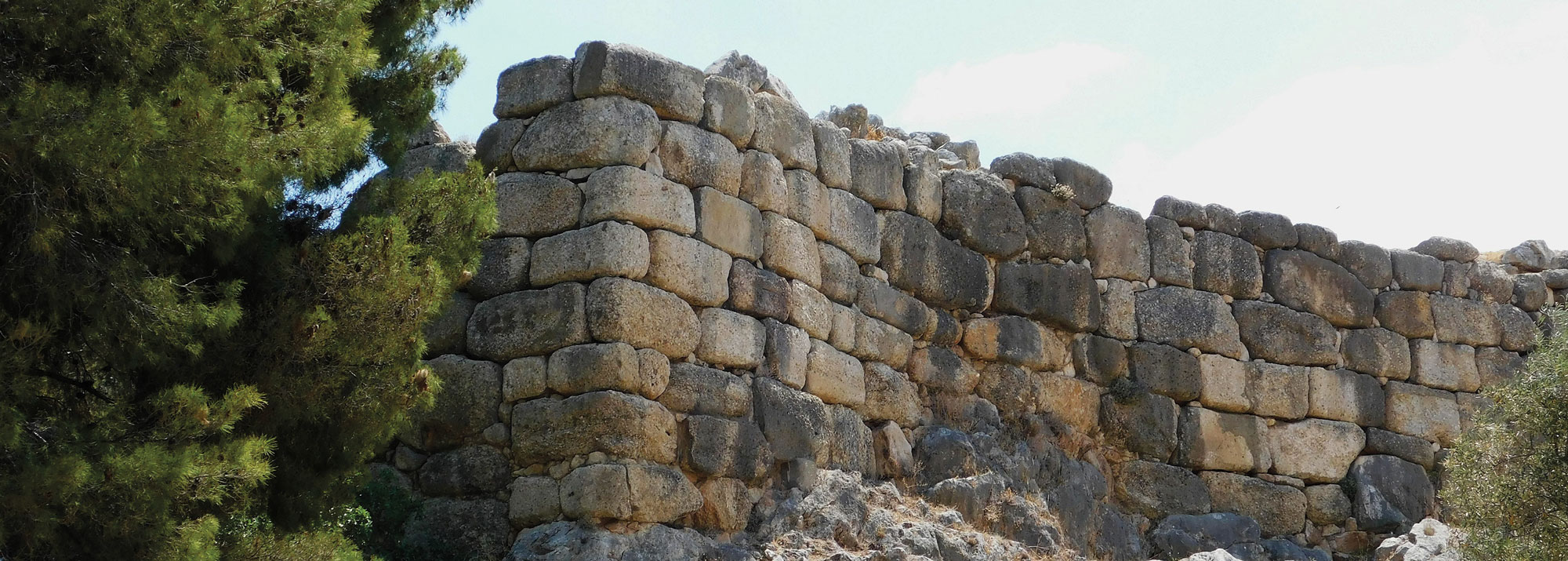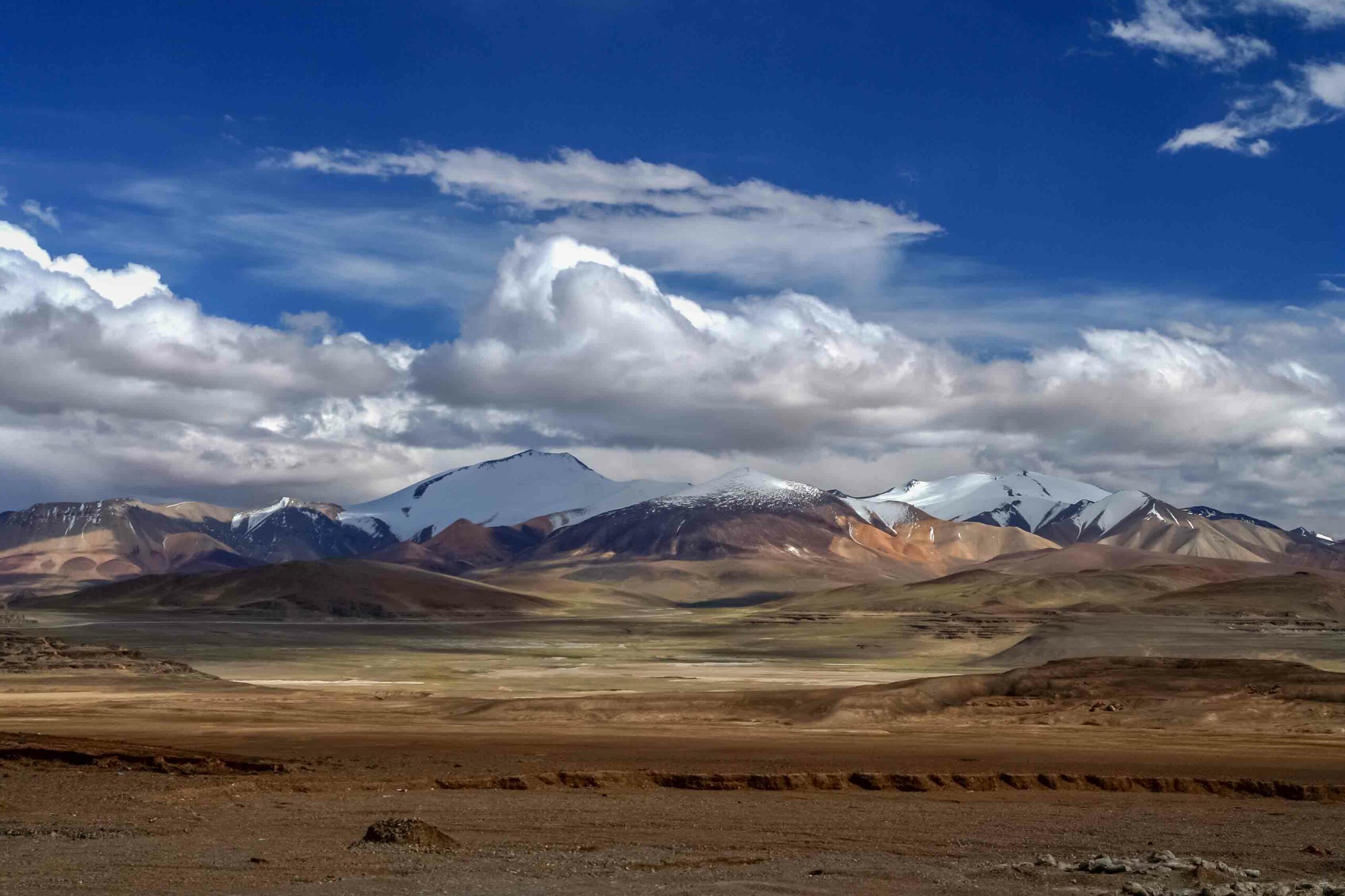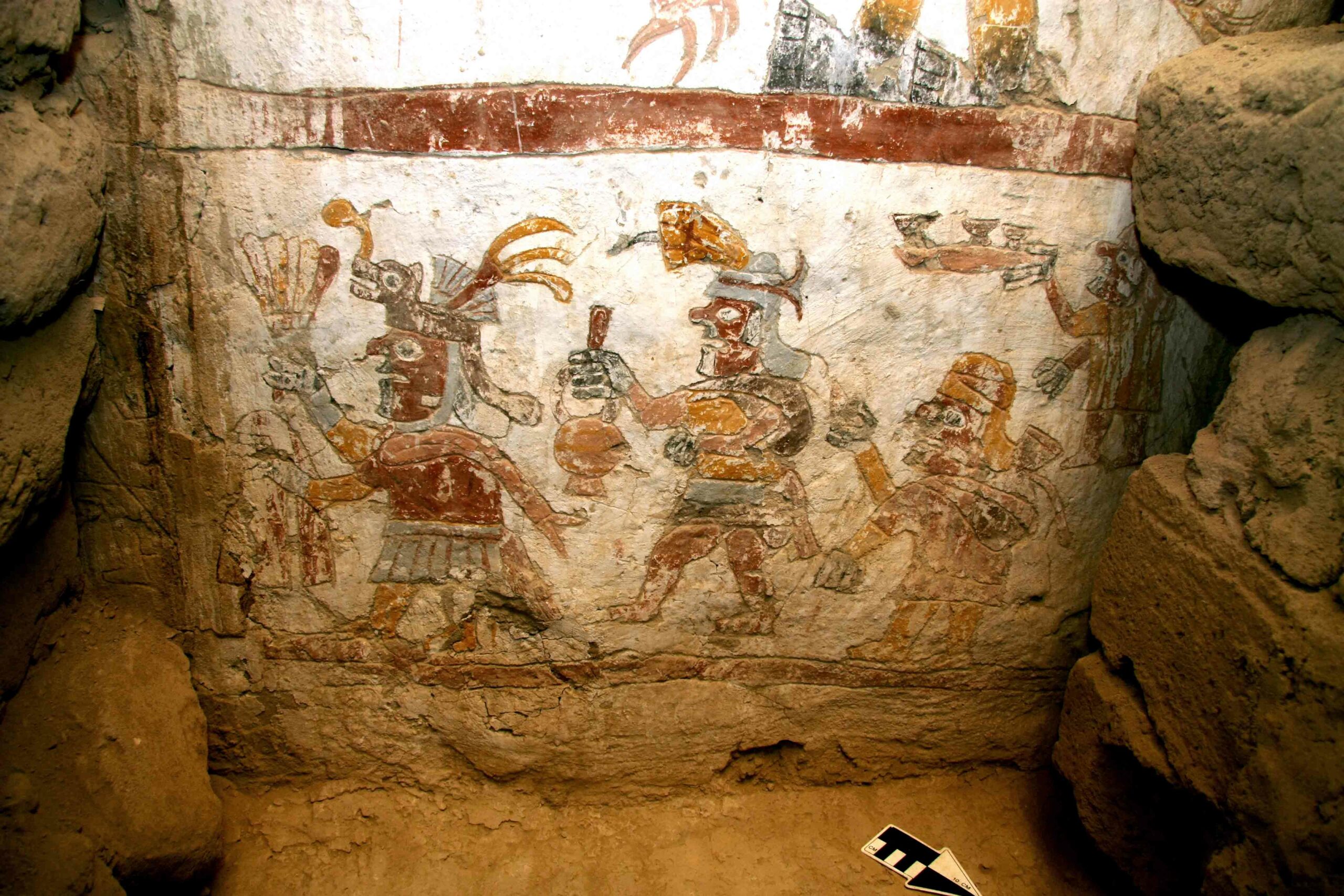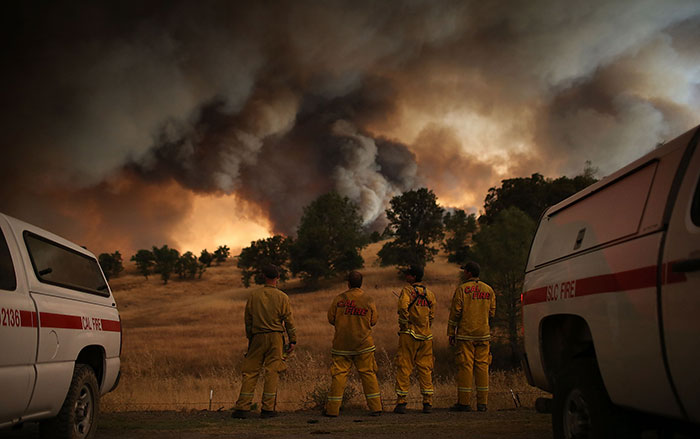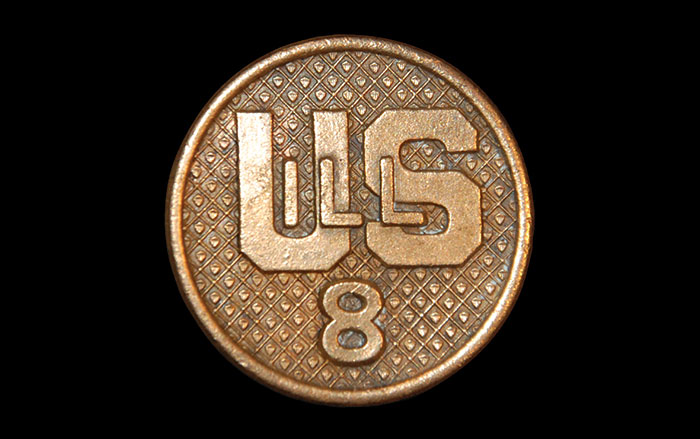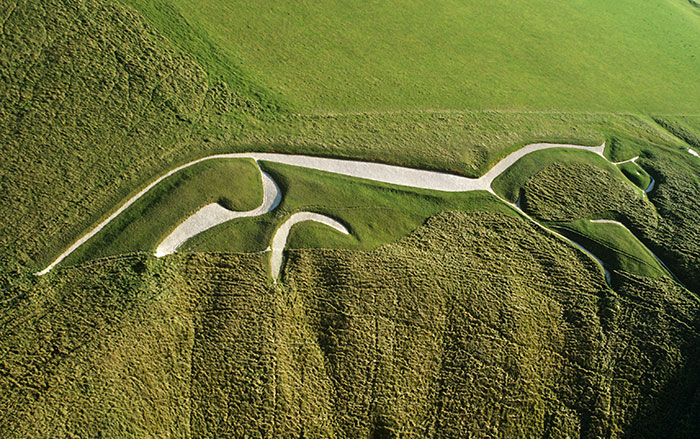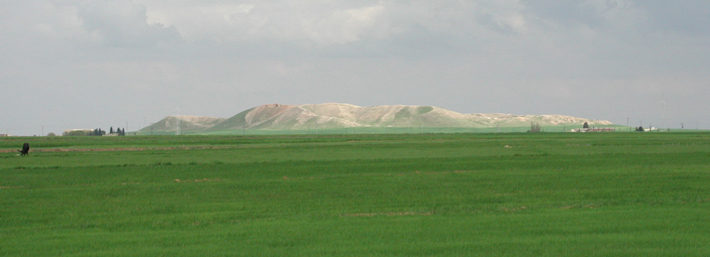
TELL BRAK, SYRIA—Science Nordic reports that a new study of grains excavated from ancient cities in northern Mesopotamia is giving archaeologists a new picture of how agriculture developed in the area. A team led by Oxford University archaeologist Amy Styring measured the stable isotopes of 276 grain samples taken from the Syrian site of Tell Brak, as well as four other settlements dating from 6500 to 2000 B.C. They compared the results with modern samples grown under controlled conditions, which allowed them to assess how much manure was used to cultivate the grains. Among their findings was that as the cities grew in size, farmers cultivated larger areas and used less manure, in contrast with southern Mesopotamia, where irrigation became widespread and the land was farmed very intensively. To read more, go to “Urbanization at Tell Brak, Syria.”


